Water Culture Matters (especially in Brazil) Part 2
Cultures of Water
My visit to Brazil last month was, then, full of meetings and presentations at the Institute of Advanced Study, University of São Paulo (USP), and at São Paulo State University. Where I discussed the RCUK DRY Project currently underway and explored the ‘anecdotes, stories and narratives’ of drought that have had such an impact on British collective memory and mediated representations of hot weather, current dry spells and discussions of drought among differently invested stakeholders and publics. A significant part of the DRY Project is not only public engagement but co-production of knowledge about drought through memories, storytelling and imagining future scenarios. In Science in Public: Communication, Culture and Credibility, Gregory and Miller state that ‘lay people mobilise a broad array of tools to solve problems through science, culture, emotion, ethics, morality, trust relationships, and customs. These may be small tools…but they cut through the tangle of contemporary existence and produce solutions that sit more easily with people’s lives and consciences’ [1998, p. 65].
As the UK press publishesmore stories of water shortage, after a dry winter 2016-2017 and low rainfall in April
2017, citizen scientists through blogsand discussion postings are creating their own platforms for debate, mobilising social media tools at local and meaningful levels. While the press addresses the issue quickly through shorthand templates of hosepipe bans, balmy weather, blazing headlines and reference to 1976, we do need to address the complexity of understanding drought in terms of an absence of culture as much as an absence of water, or at least make the case that if water is absent then it is not only due to something much larger and global that we may feel we cannot do anything about such as climate change. If water and culture and memory are so intimately connected, then drought is some kind of forgetting, drought is forgotten where the mediatization of flood provides spectacular copy.
I have had many discussions in Brazil over the last ten days about how drought is framed in news. My colleagues, there, are of course surprised by the lack of 'politics' to the UK framing of drought in terms of discussion of WHO is exactly using the water, and that hot weather is often welcomed in a way thatmisses the point about how water is or should be managed even in a country that is associated with wetness and flood. Brazilians have an interesting phrase I often heard at various meetings. 'It is not that we don't have water, we do have water, lots of it, it is just missing.' There is also a famous Brazilian geographer who said ‘seca’ (drought) is not the problem but ‘cercas’ (fences), the point being to emphasise ownership of land and the management of resources as far more important to the debate than endless surprise that it's a dry spell. Any shame and blame often directed at domestic users in media stories must be thoroughly and critically understood through the ‘moralities of drought’ framework, especially if the majority of water is being used elsewhere. So we need to return to water, we need to turn the benches alongside the river around so they face the water, and remember its cultural value; and in the meantime we have in November 2017 in Brazil, a social action for connecting to global water movements through the work of Waterlutionwho are planning a water festival for young people.

It is also worth reading two British books on drought often forgotten (the first more so than the second): The Great Drought(1976) by Evelyn Cox tells the 'true' story of 1976 from the persepective of a young mother and farmer: ‘The drought divided us into two nations – those whose lives were deeply, at times dangerously disrupted, and those to whom the drought was at most an over-publicized inconvenience. The drought provided, for those caught up in it, a common, shared experience unlike any other in Britain since the Blitz. I hope it will be useful to have an immediate record of what the drought was like, before we begin to forget it or before – which is more probably – we begin to embroider our memories into myths’ (p. 9). There is also The Drought(1965) by JG Ballard. ‘The drought at the heart of The Drought is cultural. Culture is withering. In the guise of rainfall, old social and political meanings run down to the sea and are decreasingly renewed. Where the land seemed fertile, its inhabitant can now admit that it is exhausted.’ John Harrison’s introduction to The Drought (2009). Both, in different ways, conjoin water with culture and memory, as the key female character of Ballard's novel notes: ‘Catherine gazed out at the exposed lake-bed. “It’s almost dry. Don’t you feel, doctor, that everything is being drained away, all the memories and stale sentiments?’”
 Joanne Garde-Hansen
Joanne Garde-Hansen

 Please wait - comments are loading
Please wait - comments are loading

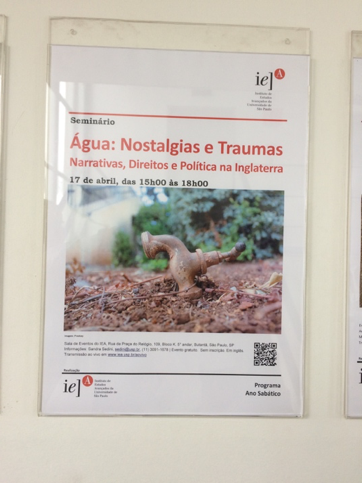 Minas Gerais. As part of the
Minas Gerais. As part of the 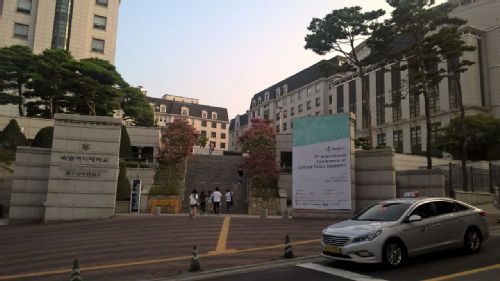

 saw the first of our symposia. One rationale for the module is to provide a place to explore and reflect on the place of self-mediation in professional life, either in transforming how we work, especially in the cultural, creative and media industries, or producing new forms of work entirely. With this in mind we invited four people whose working lives we thought might exemplify these changes to reflect on their experiences with our students.
saw the first of our symposia. One rationale for the module is to provide a place to explore and reflect on the place of self-mediation in professional life, either in transforming how we work, especially in the cultural, creative and media industries, or producing new forms of work entirely. With this in mind we invited four people whose working lives we thought might exemplify these changes to reflect on their experiences with our students.
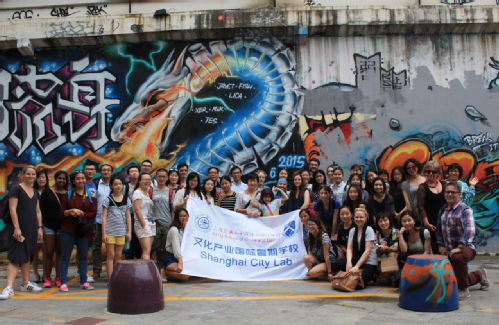
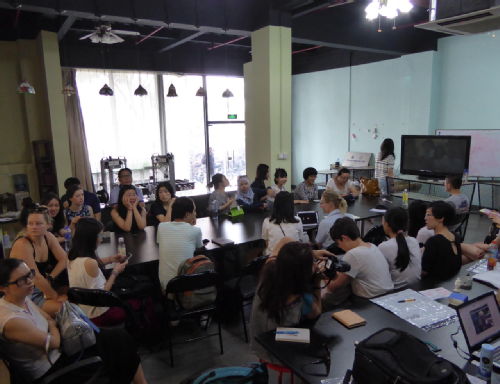
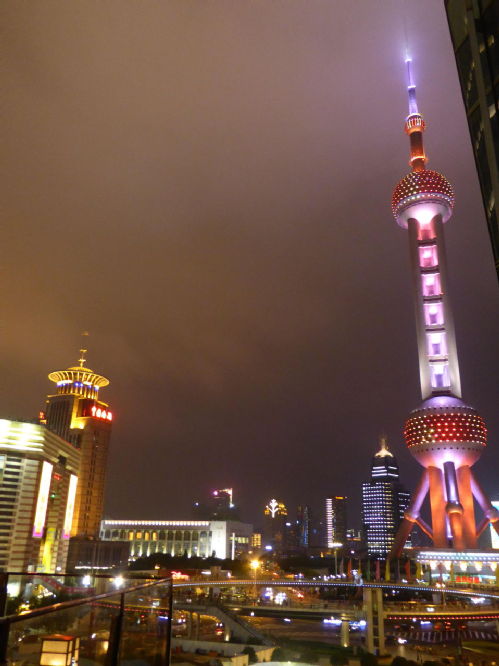
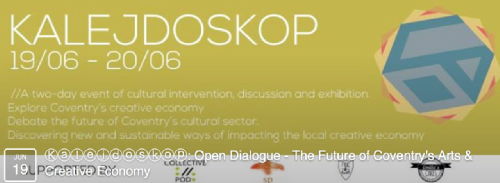
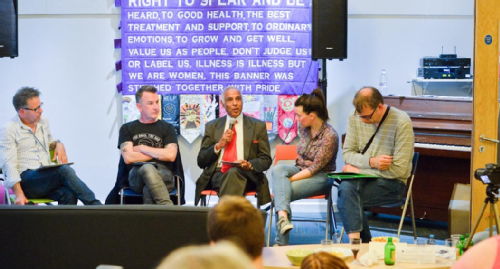
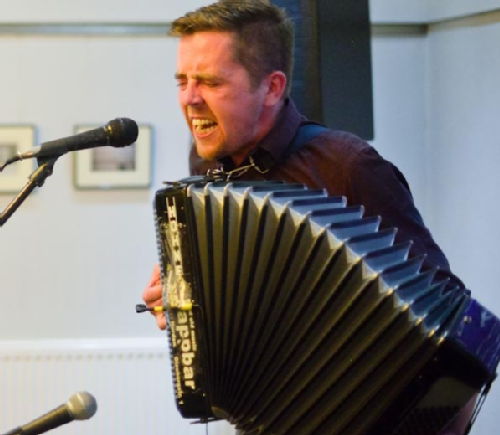
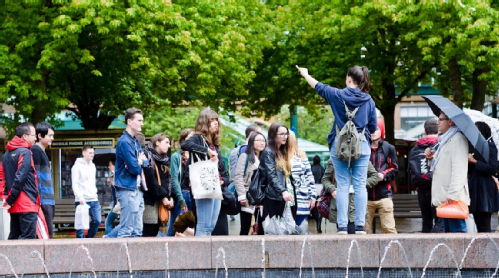
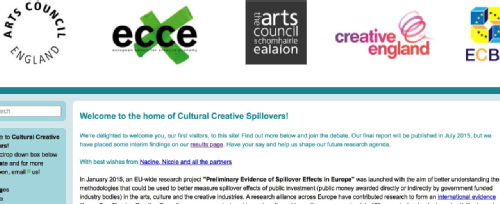

 Loading…
Loading…

